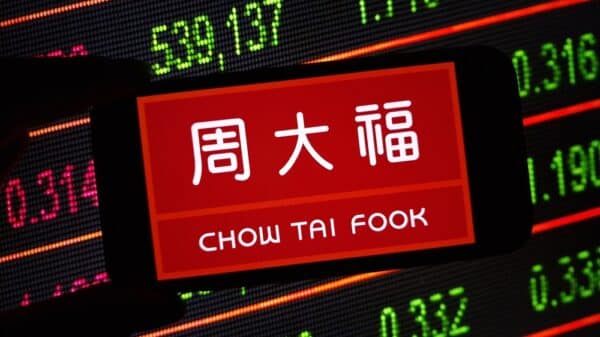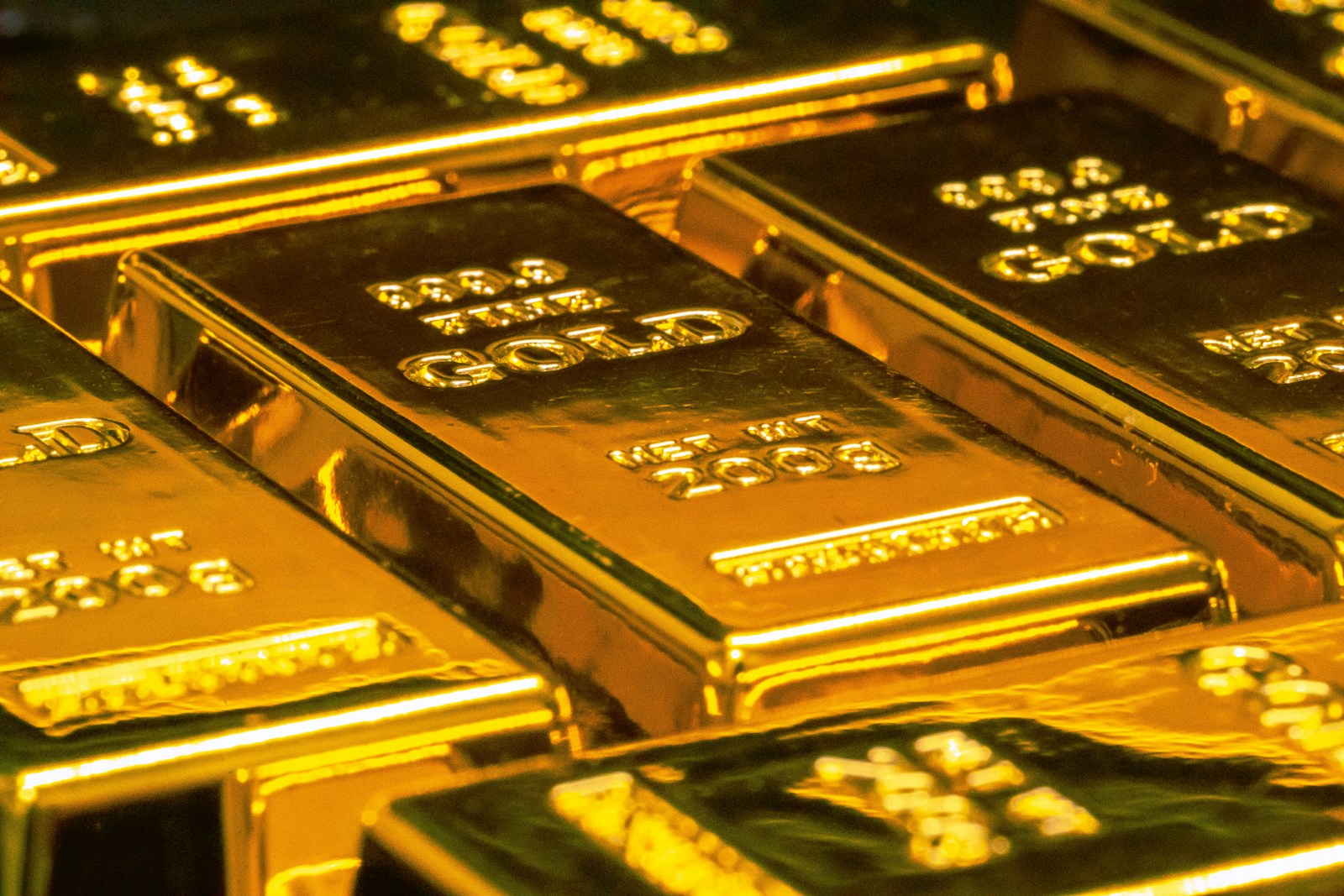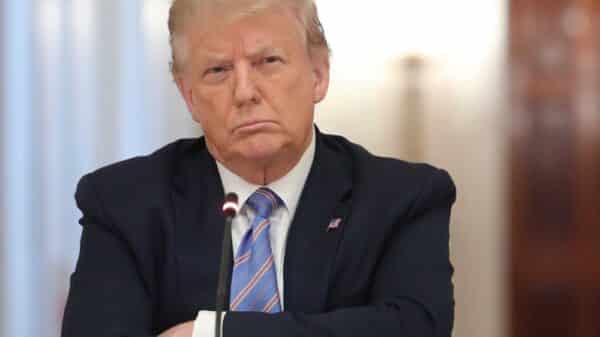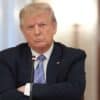Investors today are re-evaluating their perceptions of gold as it reaches unprecedented heights. The precious metal has recently surpassed $4,000 an ounce for the first time, marking a remarkable 53% gain in 2025. This performance significantly outstrips the rise in bitcoin, which has climbed approximately 30%, and the S&P 500, which has seen a 15% increase. Traditionally, gold is seen as a safe haven during times of financial uncertainty, leading many to wonder about the factors driving this newfound surge in value.
The Historical Context of Gold Prices
Historically, gold has thrived when economic fears loom, such as inflationary pressures or impending market instability. The current landscape is reminiscent of critical moments in history; for instance, during the 1980 boom when U.S. inflation soared above 13%, and again in early 2008, when the global financial crisis caused significant declines in stock prices.
Today’s market dynamics are particularly interesting. Uncertainty around U.S. Federal Reserve policies, coupled with investors’ speculation on potential interest rate cuts, is creating an environment conducive for gold to ascend alongside equities and cryptocurrencies. As Pictet’s senior strategist Arun Sai notes, “When there’s a paradigm shift in the economy, interest in gold tends to rise, positioning it as a key hedge against currency debasement.”
Political and Economic Factors Influencing Gold
The current geopolitical climate adds another layer to gold’s appeal. Concerns about the fiscal health of nations—such as France’s budget issues—and the ongoing conflict in Ukraine continue to stir anxiety among investors. The rate of inflation, particularly in G7 countries, averaged 2.4% as of September, a noticeable increase from 1.7% the previous year, leading many to ponder the viability of the dollar as the world’s primary reserve currency. As the dollar weakens—down 10% against major currencies—gold emerges as a more attractive alternative.
Moreover, looming fears of inflation further bolster gold’s standing. As observed by Michael Metcalfe of State Street, the connections between inflation concerns and the effectiveness of the Federal Reserve may continue to drive interest in gold as a protective asset.
The Influence of AI and Retail Demand on Gold
Moreover, the increasing integration of artificial intelligence (AI) in various sectors has sparked both enthusiasm and skepticism. With significant tech stocks benefiting from the AI boom, some experts caution that this trend could culminate in an unsustainable market bubble. As noted by Trevor Greetham at Royal London Asset Management, should an AI-driven market crash occur, gold is likely to provide a haven for investors seeking stability.
Retail demand is also influencing gold prices. Increased investments in gold Exchange-Traded Funds (ETFs) require corresponding purchases of physical gold, thus amplifying demand. This “bubbly behavior” in retail investments indicates strong public interest in gold, showcasing its dual role as both a hedge and an opportunity for profit.
The Road Ahead for Gold Investors
As gold continues to rally amid a backdrop of economic uncertainty and increasing political tensions, experts like Gerry Fowler from UBS highlight a growing correlation between retail enthusiasm and the price of gold. Many believe this trend will persist as more investors view gold not just as a secure asset, but as a critical component of a balanced investment portfolio.
In conclusion, the allure of gold appears to be on the rise, driven by a complex interplay of market dynamics, geopolitical tension, and evolving investor sentiment. As the landscape continues to shift, gold’s role as a pivotal asset reflects both historical trends and emerging economic realities. An astute approach to investing will consider gold’s potential as both a refuge and a growth opportunity amid uncertainty.



























